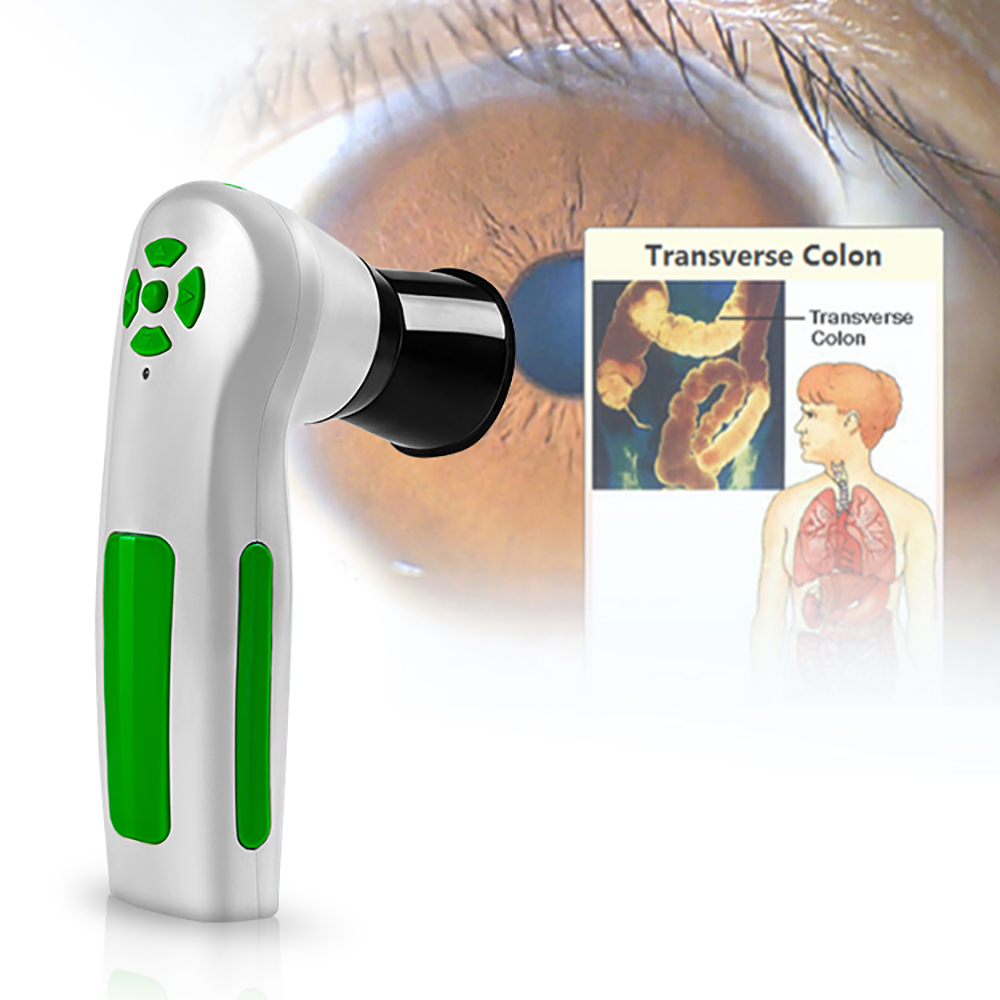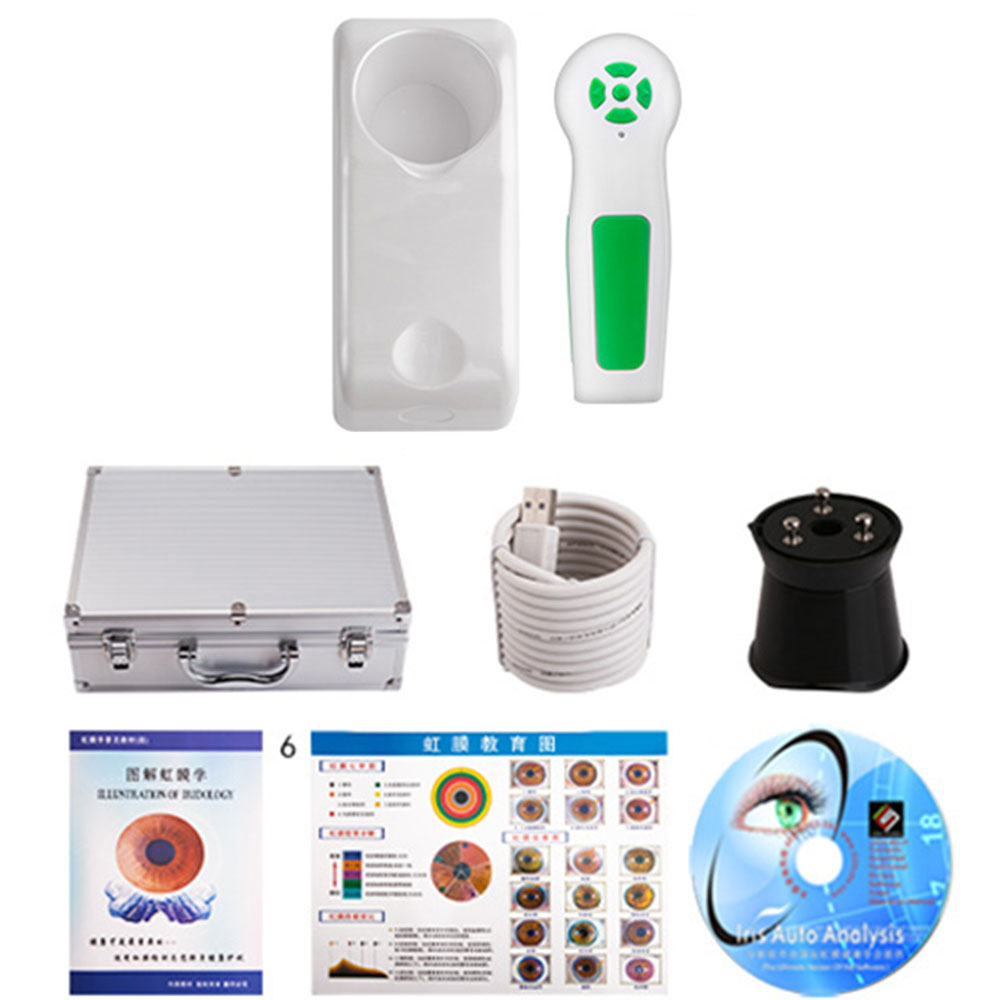Spring sowing peanuts began sowing in late April to early May. Most of them were planted by ridge-covered membranes, and there were open field flats. They are now approaching or entering ripening stages. This period of development is characterized by the cessation of vegetative growth and the beginning of a period of full reproductive growth. Nutrients in peanut vegetative bodies (mainly stems and leaves) are rapidly transferred to the genitalia (capsules and kernels), and the seeds in the pods are transported. Ren quickly grouted, gradually expanding full maturity. The period until the ripe harvest is the critical period for the production of peanuts. The main points of management at this stage are to control the diseases of the leaves, maintain the health of peanut stems and leaves, prevent premature decay, and prevent drought. In the wheat field, interplanting peanuts are mostly sown in late May. After the beginning of autumn, they enter the peanut stage. The development characteristics of this period were the vegetative and reproductive growth stages of peanuts. The rapid growth of peanut vegetative bodies and the development of pods gradually formed and formed. This period of time is a crucial period for the highly rapid growth of peanut plants. The main points of management at this stage are to control excessive growth of plant height, prevent and treat diseases in the leaves, and timely top-dressing and watering. After wheat, direct seed peanuts refer to peanuts sown by shovels after wheat is harvested. Two crops of wheat and peanut are used each year, which not only alleviates the contradiction between grain and oil, but also reduces the harm caused by continuous disease and pests. After the broadcast of wheat, peanuts have now entered the flowering stage to the pod stage. During this period, the development of peanuts was characterized by vegetative growth and reproductive growth. The number of peanut branches reached the maximum, the main stem and branches rapidly grew, and a large number of flower needles were formed. The early flower needles had already expanded into the soil and began to expand, and the capsules began to develop. . The main points of management at this stage are to ensure the supply of fertilizers and water, to control the growth of plant heights too quickly, and to prevent the diseases of leaves and the yellowing of new leaves. I. Spring Peanut Management Points The first is the spraying of fungicides to prevent leaf spot disease. After the beginning of autumn, the temperature began to gradually decrease, but the humidity is relatively high, which is the time when diseases such as peanut leaf spot and net spot disease are prone to occur. Foliar spraying fungicide can effectively control leaf spot, and can choose Ai Miao (30 ml/mu), or Baitai (40-60 g/mu), or Jin Qiguan (10-12 ml/mu). Or Ami Miao (15 ml / mu) 30 kg of water, evenly spray on the leaves of peanuts before the evening to extend the functional period of the leaves. Rain should be sprayed after spraying. The second is to spray fertilizer. Potassium dihydrogen phosphate 50g/mu water 30kg, evenly sprayed on the leaves in the evening, can effectively prevent the premature aging of leaves. The third is drought and watering. This period of drought will seriously affect the fullness and yield of pods and should be met with drought. Watering should be selected in the morning or evening. It is advisable to pour small water. The fourth is flood prevention. In August, when the rainy season began, more rainfall occurred, and the poorly drained land was prone to rotten fruit. In case of rain, water should be discharged from the field in time to prevent production loss due to rotten fruit. The fifth is timely harvest. From late August to mid-September, spring sowing peanuts have entered the mature harvest period. When harvesting, they should pay attention to the weather forecast, choose to harvest on sunny days, and timely dry the pods to prevent mildew. Two, wheat field interplant peanuts management points The first is prevention and treatment of leaf diseases. Available Ai Miao (30ml/Mu), or BaiTai (40-60g/Mu), or JinJiaGuan (10-12ml/Mu), or Ami Miao (15ml/Mu), on the water 30 Kilograms were evenly sprayed on peanut leaves in the evening. Spray once every 10-15 days and spray twice. If there is insect pests during the flowering period to the scarring period, insecticides can be added to the disease prevention agent to spray evenly, and the rain should be sprayed after spraying. The second is growth regulation. When the height of the peanut plant is 30 cm and the dark green leaves have a tendency to prosper, the foliage is sprayed with growth regulators such as Zhuangshenan, pier full, and chubby piers to control the growth of the plants too quickly to avoid lodging of the peanuts. When spraying the conditioner, spray the 30 kg of leaf evenly according to the dose. The third is anti-yellowing. Before the onset of the rainy season and before the irrigation, or in the early stage of the emergence of peanuts, the leaves were sprayed with iron-containing micro-fertilizers containing chelated iron as the main component and added with trace elements, and 30 kilograms of iron-containing fertilizer solution per acre (according to the instructions). Preparation), spray evenly on peanut leaves in the evening. The fourth is watering fertilizer. According to the conditions of the seedlings, watering fertilizer is appropriate. The weak plots can be topped with 10 kg of urea and 10 kg of diammonium phosphate per acre with watering. The watering should be selected in the morning or evening. Fifth, spray foliar fertilizer. 30 days after flowering, foliar application of potassium dihydrogen phosphate 50g/mu began. Potassium dihydrogen phosphate may be applied simultaneously with a bactericide, trace fertilizer, and a growth regulator. If pests in the field are severe at this time, pest control agents can also be added. Three, wheat after the broadcast peanut management points One is watering fertilizer. After 25-30 days of flowering, it is appropriate to water in the dry season and water in the morning or evening. According to the seedling topdressing, 10 kg urea and 10 kg diammonium phosphate can be topdressed per acre. It is also possible to top-dress before the rain, or to spray foliar monohydrogen phosphate 50g/mu starting 30 days after flowering. The second is the prevention of pests and diseases. Use Ai Miao (30 ml/Mu), or Bai Tai (40-60 g/Mu), or Jin Qi Guan (10-12 ml/Mu), or Ami Miao (15 ml/Mu), for water 30 Kilograms were evenly sprayed on peanut leaves in the evening. Spray once every 10-15 days, spray 2-3 times. If there is insect pests during the flowering period to the scarring period, insecticides can be added to the disease-preventing agents to spray them evenly, and the rain should be sprayed again after the spraying. The third is growth regulation. During the mid-growth period of peanuts (Shenghua-Suihua period), when the height of peanut plants is 30 cm and the leaves have a long green tendency, the foliage is sprayed with growth regulators such as Zhuangshenan, Dunshou and Xiaobiao Dun to control the growth of plants too quickly. Avoid peanuts lodging. Strictly according to the instructions for use, the dosage is sprayed evenly on 30 kg of water, excessive spraying will reduce the size of the pods and premature decline of the leaves. Plants with higher plants and more branches should be sprayed with growth regulators in time to prevent lodging. The fourth is anti-yellowing. Before irrigation or in the early stage of emergence of peanuts, the leaves were sprayed with iron-containing microelement fertilizers containing chelated iron as the main component and added with trace elements, and 30 kg of iron-containing micronutrient fertilizer solution (as formulated) was used per acre. Evenly spray on peanut leaves. Iridology Camera Health Analyzer Iris Iriscope Iridology Camera:
Iris holographic diagnostics is a kind of knowledge that applies non-drug and natural therapy to analyze and care for the body by analyzing the iris and pupil to analyze and regulate the health condition of the body. In the field of health medicine, it is called non-invasive health testing and non-drug health intervention. It is a traditional clinical health medicine in Europe.
Iris Iriscope Iridology Camera System Functions:
Iridology Camera,Usb Iridology Camera,Iriscope Iridology Camera,Iridology Camera Eye Iriscope Shenzhen Guangyang Zhongkang Technology Co., Ltd. , https://www.szlighttherapymachine.com

1. Adjust brightness through either software or switch on handle line, delete the photos, and adjust the focus, quick fixed photos with white balance and high stability of colors. Connects directly with computer without outside power and easy to operate.
2. The software can save the client information and irises also the details of products that you recommend them. After taken the photos, you can analysis the irises and later compare the irises pictures when your client comes back to see their progress. Can print an analysis report. Save the photos according to the date & time you take the photos.3. This machine will help the client know his health condition, including the problem which you have had in the past. The Iridology will be your health counselor, tell you how to keep away from the illness.

Iris Iriscope Iridology Camera Specification:
* Nice appearance and innovative design
* LED illuminator around lens
* Imported lens with plated layer
* 12MP high resolution CCD sensor
* Special DSP image processor, Optical Image Stabilizer
* Single capture button and digital pause capture.
* Adjustable focus to give clear image.
* Auto white balance and contrast adjustment, Color Temperature Filter
* Compatible with iris lens, hair lens.
* Deliver clear and accurate images.
* Easy to operate.
* OS: Windows XP, WIN2000, 2003, Vista, Win7. Win8,win 10
What is the primary benefit of photo iridology?
Not only does it bring clues to your iridology analysis, but it helps to create a better connection with your patient. The patient, who`s naturally curious, is eager to see their own iris. With some simple explanations they can get a basic understanding of your analysis. The connection with your patient strengthens and their understanding of their process improves.
* Iris analysis system: international technology, unique functions.
* Iris analysis system is a medicinal tool that checks the body conditions and prevents diseases from occurring.
* We brought in the advanced iris analysis technology from Germany to lead people to discover sources of illness, and care the body health and spirit in anyways.
* The instrument can show the body conditions of customers and suggest customers the suitable health food, and the plans to care their bodies.